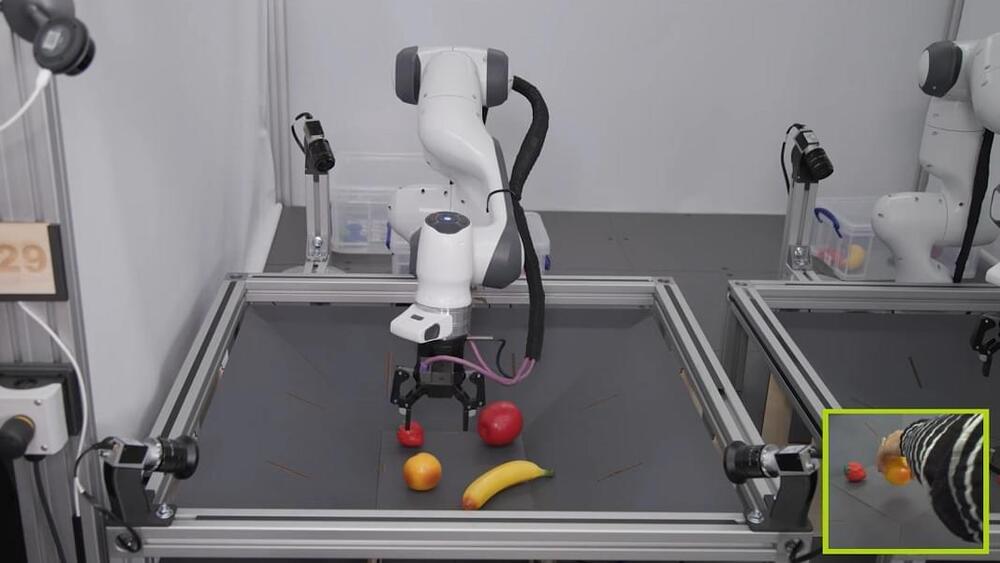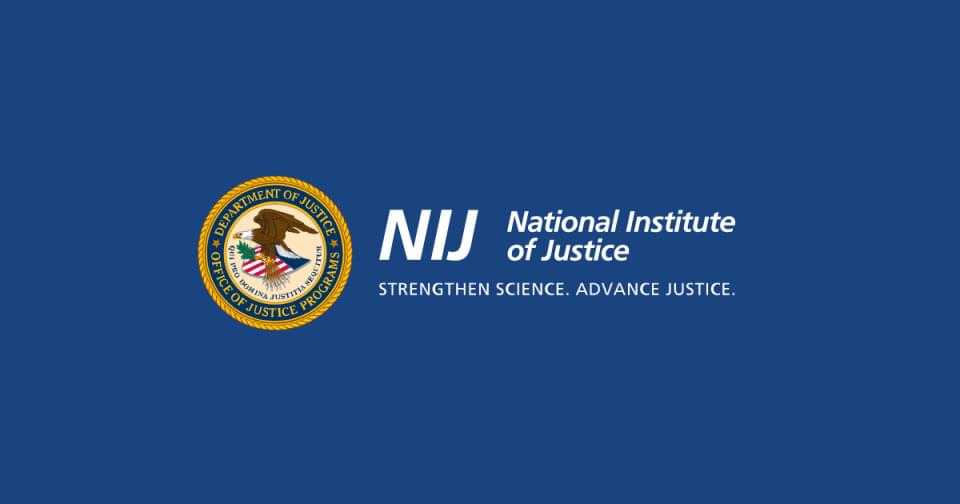One way to achieve this is to combine GPTs with causal AI—a precise and trustworthy type of AI that provides rich and accurate context, which is particularly valuable in cloud observability, analytics and automation.
Causal AI observes the actual relationships within a system, such as a multicloud technology stack, and delivers detailed and precise answers in near real time based on these observations. These answers enable users to discern the cause, type, severity, risk, impact and location of any issue flagged by the AI with very high precision based on real-time observed facts and their interdependencies.
In the future, DevOps teams can use automated prompt engineering to feed real-time data and causal AI-derived context to their GPT. As a result, the answers they receive will be more relevant, accurate and actionable.





